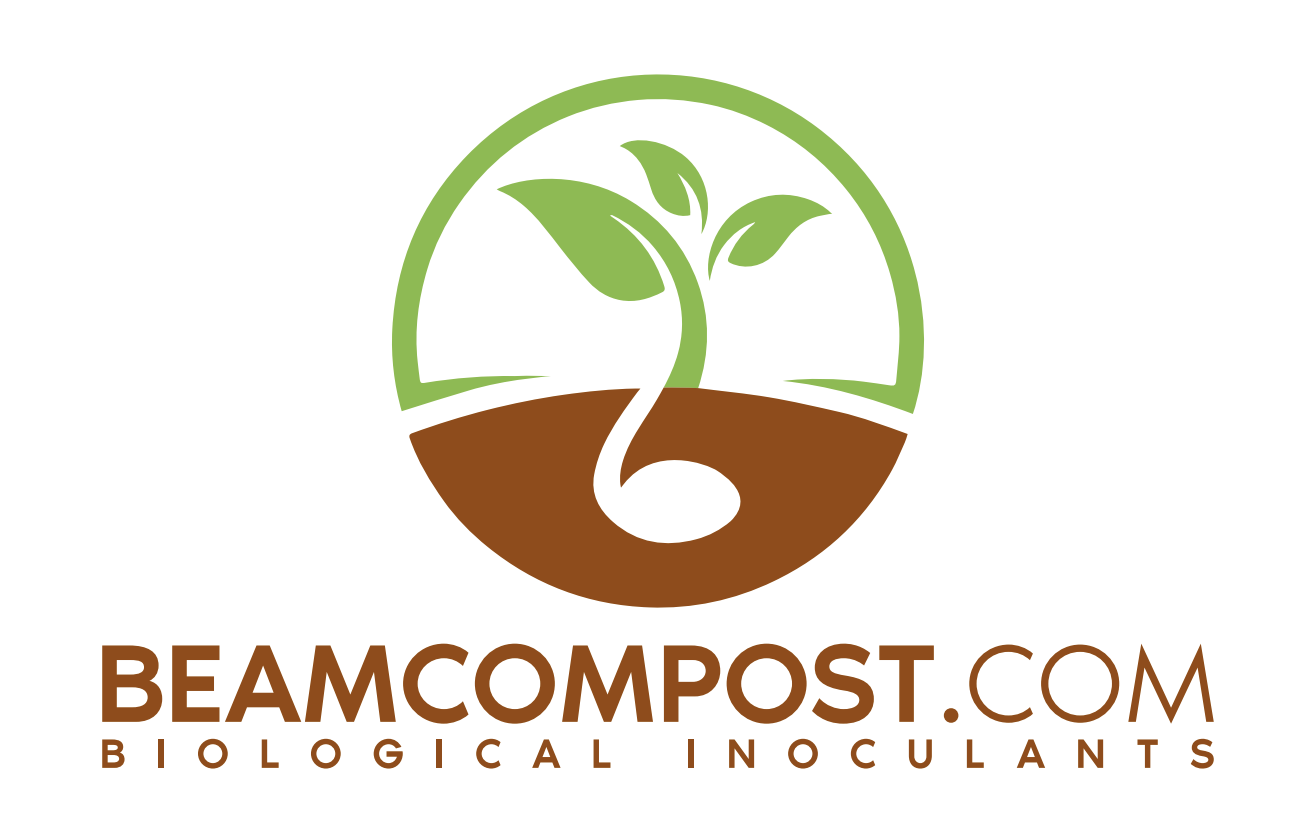This post is also available in:
![]() Español (Spanish)
Español (Spanish) ![]() Français (French)
Français (French) ![]() Deutsch (German)
Deutsch (German)
How Does BEAM Work?
Usage
Dr. Johnson has found that the ratio between fungi and bacteria in the soil is critical to a plant’s productivity in healthy agricultural systems and thus to a plant’s efficiency in nutrient uptake. It also increases the rate of carbon sequestration significantly.
"Using BEAM, the biologically enhanced agricultural management process he developed to create fungal-dominated compost, Johnson documented that during an agricultural field study lasting 4.5 years, there was a 25-times increase in active soil fungal biomass and an annual average capture and storage of 10.27 metric tons soil C ha-1 year (approximately 38,000 pounds of CO2 per acre per year). That’s 20-50 times the currently observed soil carbon increase in the 40 equivalent no-till soils tested."

Research by Dr. Johnson and the long term experience of farmers such as Gabe Brown in North Dakota has shown that in addition to a high fungal to bacterial ration in the soil, the addition of intensive, rotational grazing by herbivores (cows, sheep) and their biologically rich excrement accelerates the process of carbon sequestration in the soil. They call this process Soil Regeneration and have started an entire movement in the agricultural communities of the world. This process is to mimics the natural process that took place historically when vast herds of bison grazed the 'Great Plains' and created the thick rich top soil the pioneers found when they settled the area in centuries past.

Plants and their root systems have an integral cooperation with the living microbes in healthy soil. Plants harvest energy from the sun, manufacture liquid carbon compounds and send this down to the roots where it 'exudes' or leaks out into the soil. Fungus and bacteria in the soil (if they are present and have not been destroyed by tillage, poisoned by herbicides, starved from lack of plants to feed them) feed on the liquid carbon exudates (which they cannot make) and in turn provide elemental essential minerals to the plant (which only the fungi can extract from the rocks in the soil).
BEAM, a highly diverse fungal dominant biological inoculant reintroduces millions of microbes back into the soils, many of which have been abused and exhausted by decades of tillage, herbicides, pesticides and strong fertilizers which inhibit the association between fungi and plant roots. In a very real sense, many of the essential varieties of microbes have become extinct in these abused soils. BEAM corrects this problem.

Crop yields were also dramatically improved. Johnson reports that the cotton he used in his testing grew 6 feet high and produced over five bales of cotton per acre without fertilizers, herbicides or insecticides. The average in his area is about two and a half bales per acre. Australian farmers using similar methods have seen yields of 3 tons of wheat in areas that produced about 1.6 tons previously.

Five Principles of Soil Health
1. Armor the Soil Reduces water and wind erosion, decreases water evaporation, moderates soil temperatures and suppresses weed growth.
Implementing these enlightened soil health practices helps increase soil carbon to nearly 20 tons/hectare: eliminating the need for fertilizer, increasing water infiltration and retention to reduce the impacts of periodic drought and greatly increasing profitability and soil health. And at the same time 70 tons of carbon dioxide are removed from the atmosphere every year.
